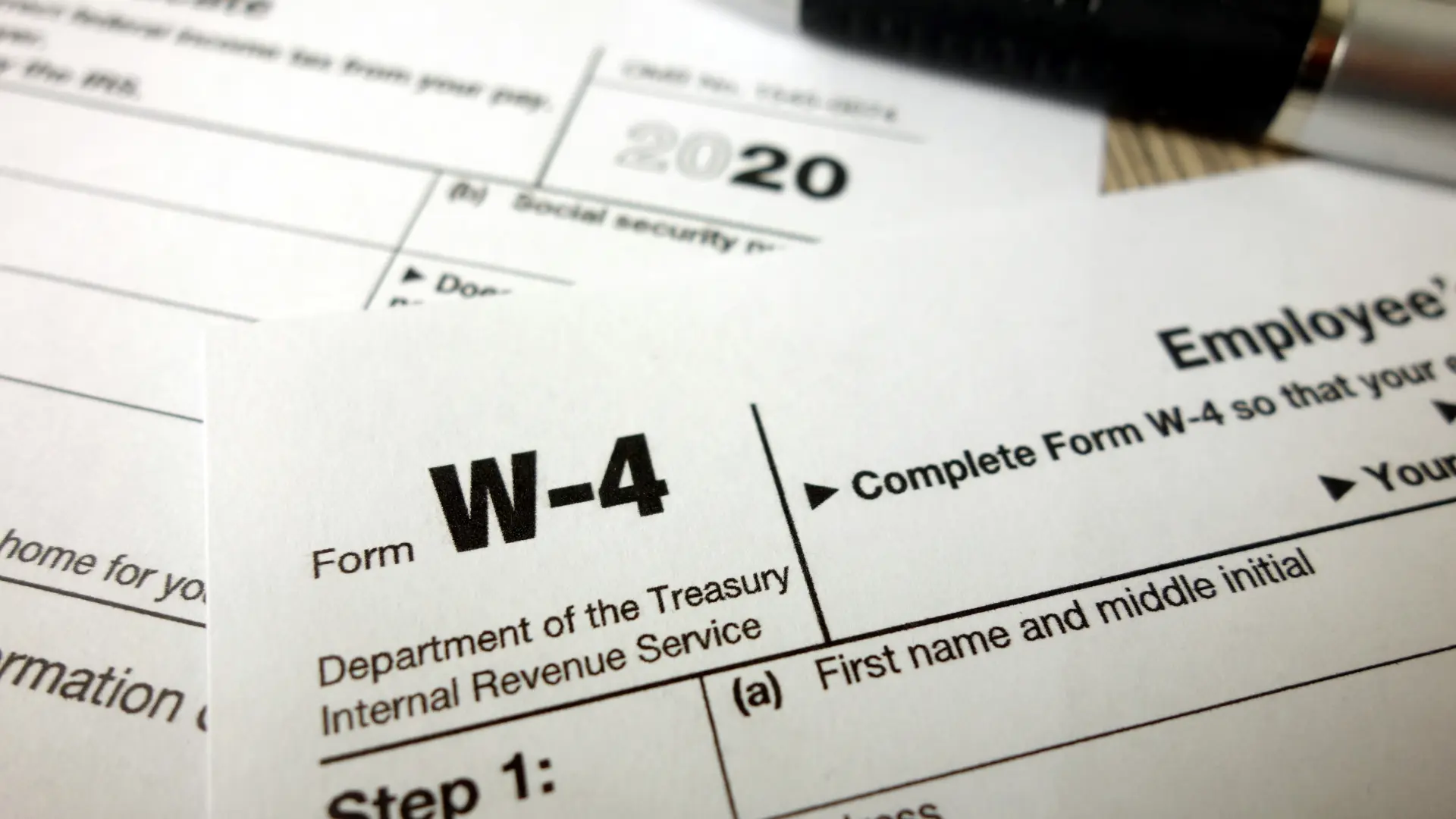Tax season can often bring with it complex jargon and perplexing paperwork. One such paperwork vital for taxpayers is a W-4 Form. It is a standard tax form used by employees in the United States, and understanding how to file it is essential. We have prepared this guide to ensure you know how to navigate this form and take advantage of the digital age's convenience by learning to electronically file form W-4.

Form W-4, officially titled the "Employee's Withholding Certificate," is a crucial tax document used in the United States. It is provided by the Internal Revenue Service (IRS) and used by employers to determine the amount of federal income tax to withhold from an employee's paycheck.
The primary purpose of Form W-4 is to help employees communicate their tax situation to their employers, ensuring that the right amount of federal income tax is withheld from their paychecks. Proper withholding helps prevent employees from owing a significant amount at tax time or from overpaying taxes throughout the year.
Here are the typical situations when you would need to use Form W-4:
Do you and your spouse both have incomes? Are you wondering about the W-4 form for married couples filing jointly? This section applies to you. Married individuals who plan to file jointly can opt for higher allowances, which means less tax will be withheld from their paycheck. However, this will depend on a number of factors like the total household income and the income disparity between you and your spouse. It's highly recommended to use the IRS’s tax withholding estimator to get an idea of what you should be withholding.
This form, issued by the U.S. Internal Revenue Service (IRS), helps your employer determine the correct amount of federal income tax to withhold from your earnings. Here’s a detailed step-by-step guide on how to fill out the Form W-4:
Download the Form W-4 from the IRS website.
If you have more than one job at the same time, or if you are married filing jointly and your spouse also works, use the worksheet on page 3 of the form or the online IRS Withholding Estimator to calculate the additional withholding amount necessary to avoid owing tax when you file your tax return.
If you have dependents, multiply the number of qualifying children under age 17 by $2,000 and other dependents by $500. Enter the total in Step 3 to calculate the deductions they will provide.
Sign and date the form. Your form isn’t valid without your signature and the date.
Give the completed form to your employer’s payroll or human resources team.

With the age of technology, you can now electronically file form W-4, making the process more straightforward and faster. An electronic W-4 form is easier to update—since there's no need to print, fill, and hand over the paper form to your employer. Electronic filing allows for efficient record-keeping, reducing the chance of the form getting lost. Lastly, there's no waiting on the mail—your form is delivered instantaneously. The best part is that the IRS has made this process available for free.